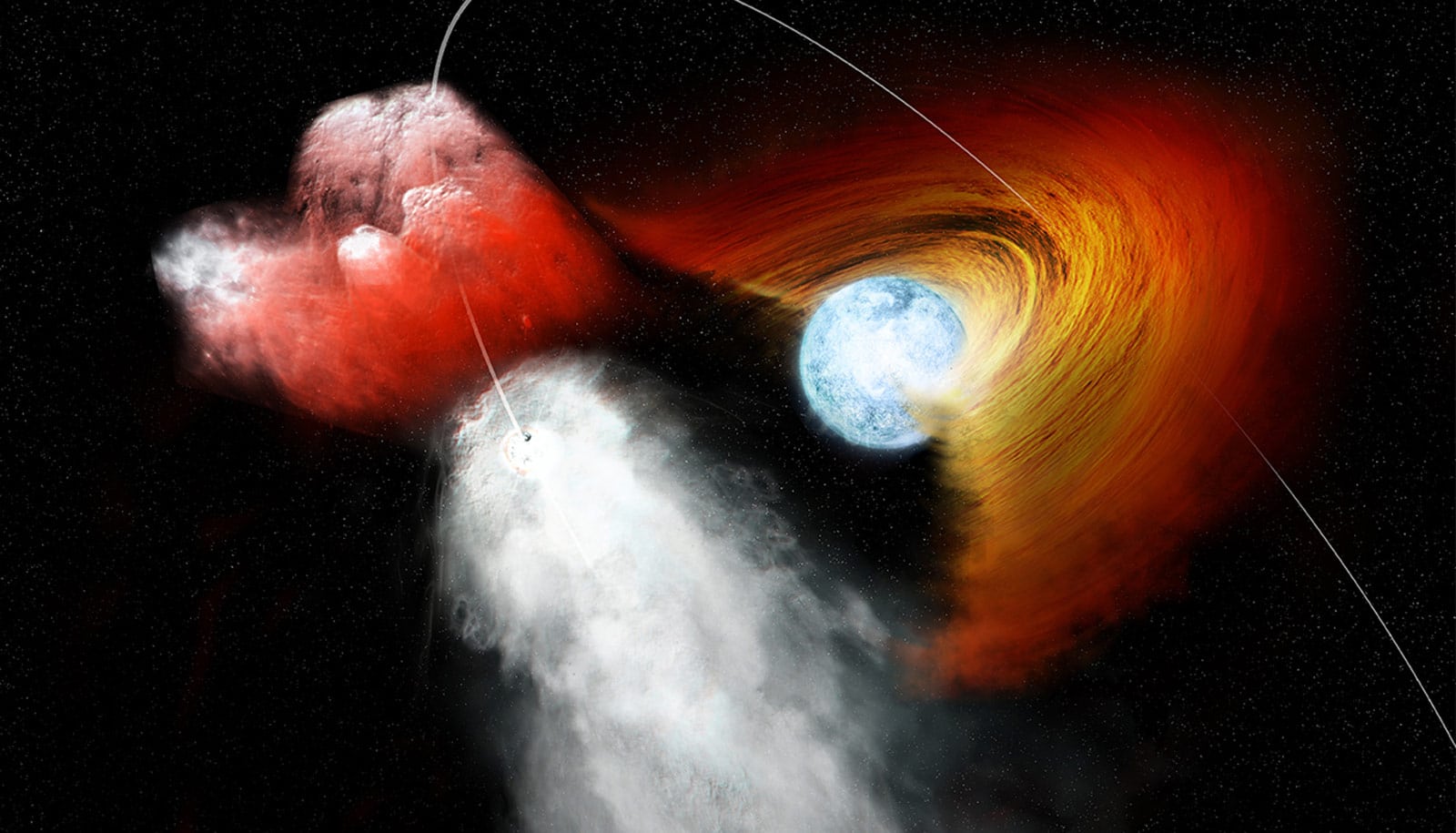A new astronomical spectrograph provides the highest precision measurements to date of infrared signals from nearby stars, researchers report.
The spectrograph allows astronomers to detect planets capable of having liquid water on their surfaces that orbit cool stars outside our solar system, according to a new paper in the journal Optica.
The Habitable Zone Planet Finder (HPF) allows precise measurement of a star’s radial velocity, which researchers measure by the subtle change in the color of the star’s spectra as an orbiting planet tugs it. This is critical information in the discovery and confirmation of new planets.
The HPF, located at McDonald Observatory at the University of Texas at Austin, targets low-mass planets around cool nearby M dwarf stars in Habitable Zones, regions where liquid water might exist on a planet’s surface. Scientists know that M dwarf stars host rocky planets, but their size makes these stars faint and their magnetic activity manifests as spots and flares, which pose problems for existing visible light instruments.
The HPF, coupled to the 10-meter Hobby Eberly Telescope, instead uses near-infrared light—a type of invisible infrared light closest in wavelength to the visible spectrum—to observe these stars at wavelengths where they are brighter and less active.
“The HPF was built to be incredibly stable, and we added a calibrator called a laser frequency comb to increase precision,” says Suvrath Mahadevan, associate professor of astronomy and astrophysics at Penn State and principal investigator of the HPF project.
“The laser comb, which was custom-built by the National Institute of Standards and Technology (NIST), separates individual wavelengths of light into separate lines, like the teeth of a comb, and is used like a ruler to calibrate the near-infrared energy from the stars. This combination of technologies has allowed us to demonstrate unprecedented near-infrared radial velocity precision with observations of Barnard’s Star, one of the closest stars to the sun.”
“We are especially interested in finding Earth-like planets that orbit in the habitable zone of the nearest stars,” says Mike Endl, senior research scientist at McDonald Observatory. “These planets around nearby stars represent our best chance to characterize and study them in greater detail. The laser frequency comb at the HPF enables us to reach the high level of precision required to detect these small planets.”
“Detecting near-infrared wavelengths also poses tremendous technical challenges,” says Mahadevan. For example, the instrument is so sensitive to infrared light that heat emitted at room-temperature blinds the detector, requiring operations at very cold temperatures. Researchers designed the HPF to overcome these challenges, and it also offers an extremely high level of control over temperature and pressure—essential to proper functioning of the instrument.
“The Habitable Zone Planet Finder was and is a unique opportunity to push beyond the known solutions for finding planets that could potentially harbor life,” says Fred Hearty, senior scientist of astronomy and astrophysics at Penn State and the systems engineer of HPF.
“Each advance we have made in the development of this instrument has revealed deeper and more subtle challenges.”
Scientists built the Habitable Zone Planet Finder and its frequency comb calibration system with support from the US National Science Foundation’s Major Research Instrumentation and Advanced Technology & Instrumentation programs, Penn State, and the National Institute of Standards and Technology. A grant from the Heising-Simons Foundation supports ongoing analysis of data. The Hobby-Eberly Telescope is a partnership between the University of Texas at Austin; Penn State; and two German institutions, Georg-August-Universität Göttingen and Ludwig-Maximilians-Universität München.
Source: Penn State



